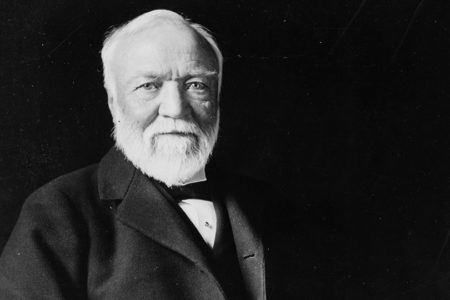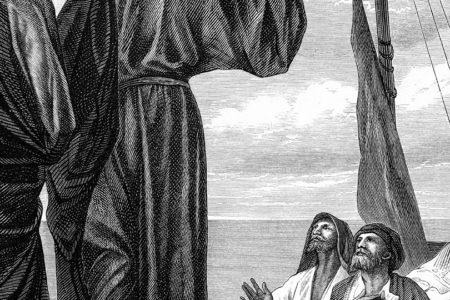United Hearts, Divided Tongues
Some people claim the biblical story of the Tower of Babel is merely a folk tale to explain the formation of different languages. But archaeology supports the Bible.
Before the Tower of Babel (Gen. 11), humanity spoke one language. Genesis 11:4 records that after the Noahic flood, people united their hearts in one ambition, saying, “Come, let us build ourselves a city, and a tower whose top is in the heavens; let us make a name for ourselves, lest we be scattered abroad over the face of the whole earth.”
Their unity defied God’s mandate to “be fruitful and multiply” (1:28; 9:1); and the tower symbolized their titanic, collective rebellion against Him. So God shattered their unity by dividing their speech, forcing them to do His will by separating them into language groups.
The tower stood in the vicinity of Shinar (11:2). The Hebrew word shinar comes from the Akkadian word shumer, identifying the site as ancient Sumer,1 where the Mesopotamian city of Babylon was later founded. Scripture calls the site “Babel” because there the Lord “confused” (Hebrew, balal) the world’s language (v. 9).
Archaeology identifies the Tower of Babel as an ancient Mesopotamian ziggurat, a high tower of platforms built one upon the other, leading to a shrine at the top. Excavations reveal the earliest ziggurats were built in Eridu and Uruk (biblical Erech), the first city constructed after the flood (10:10). People dedicated these ziggurats to a city’s patron deity and placed a figure of a god or goddess at the summit, to which priests would ascend.
Religious texts uncovered from the ziggurat period reveal the temple had a cultic function, “linking heaven and earth.”2 Its stairway supposedly served as an access point for gods to travel between heaven and Earth. The Akkadian word simmiltu (stairway) is related to the Hebrew word sullām (ladder), which the Bible uses for Jacob’s ladder that “reached to heaven” and upon which “the angels of God were ascending and descending” (28:12).
The ziggurat’s purpose was to provide a gateway to the heavenly abode. But rather than allow men to ascend heavenward in their arrogance, God descended to stop their construction and end their prideful work by causing them to speak different languages so they could not understand one another (11:7).
The Bible also states the tower’s purpose was to prevent the world’s people from being “scattered abroad over the face of the whole earth” (v. 4). It was intended to keep the population together in order to achieve greater benefits than that of segregated societies.
The archaeological record reveals this urbanization deified the human rulers who controlled the temple-state, a form of government described of the gods in Mesopotamian mythology.3 So God was displeased, not because the builders of the Tower of Babel sought to construct a tower, but because they purposed to create a cultic center that deified man and degraded God.
If this concept of the temple-state had taken hold, it would have altered mankind’s relationship with the Creator, a thought reflected in Genesis 11:6: “This is what they begin to do; now nothing that they propose to do [for themselves] will be withheld from them.” Babylon later formalized this act of divine distortion and degradation, but its roots began in Babel.
The story of the Tower of Babel reminds us that man’s attempt to defy God will ultimately end in failure. Although God may delay His judgment of such societies today, Judgment Day is coming. God’s Word and the archaeological record attest to this truth.
ENDNOTES
- Peter Van der Veen and Uwe Zerbst, “Nimrod the Mighty Hunter,” Journal of the Ancient Chronology Forum 9 (2004): 35.
- John Walton, “The Mesopotamian Background of the Tower of Babel Account and Its Implications,” Bulletin for Biblical Research 5 (1995): 155–75. Cited from Inanna’s Descent to the Netherworld. See Adam Falkenstein, AfO 14 (1942) 115:14–15 and W. W. Hallo and J. van Dijk, The Exaltation of Inanna (New Haven, CT: Yale University Press, 1968), lines 5–8.
- Ibid., 168.








